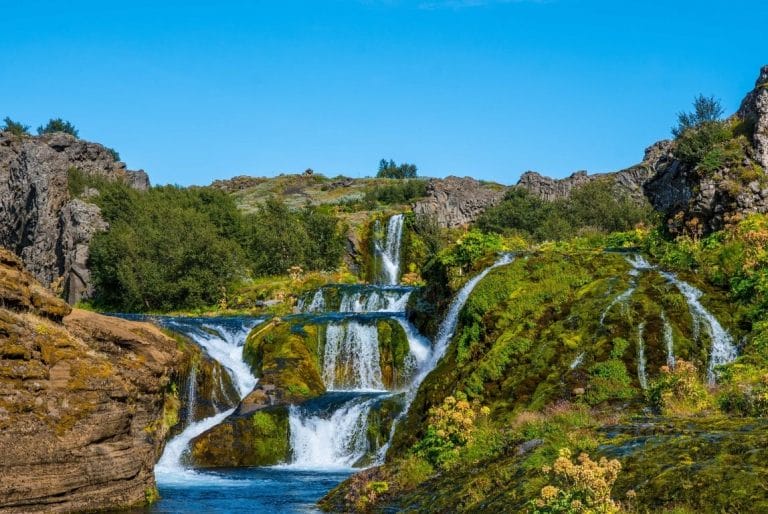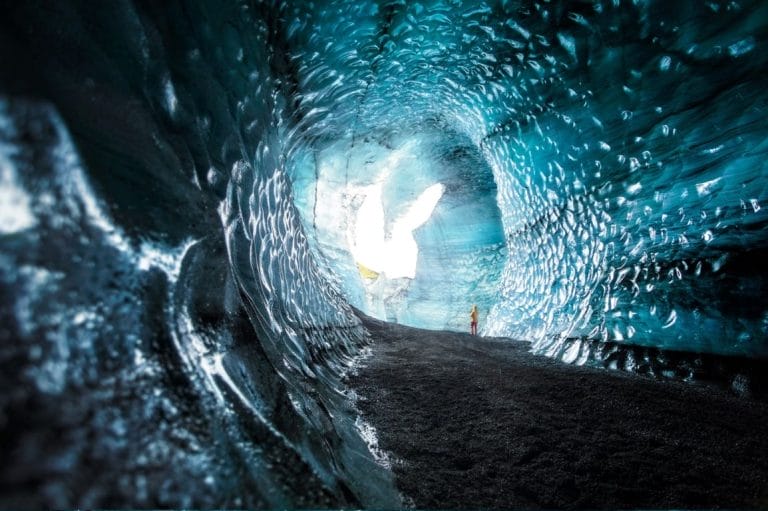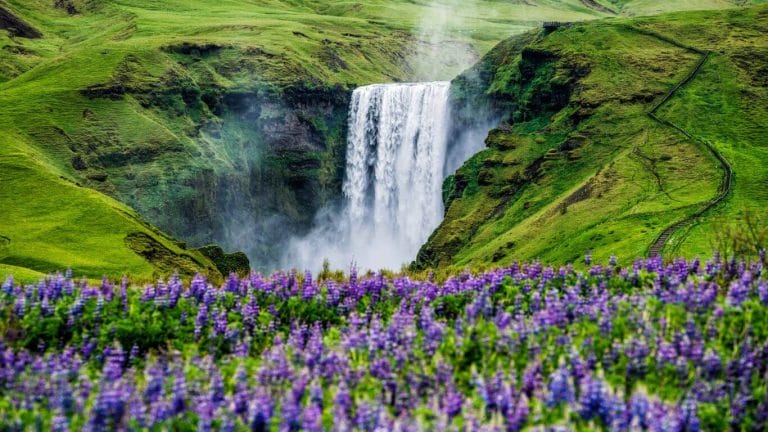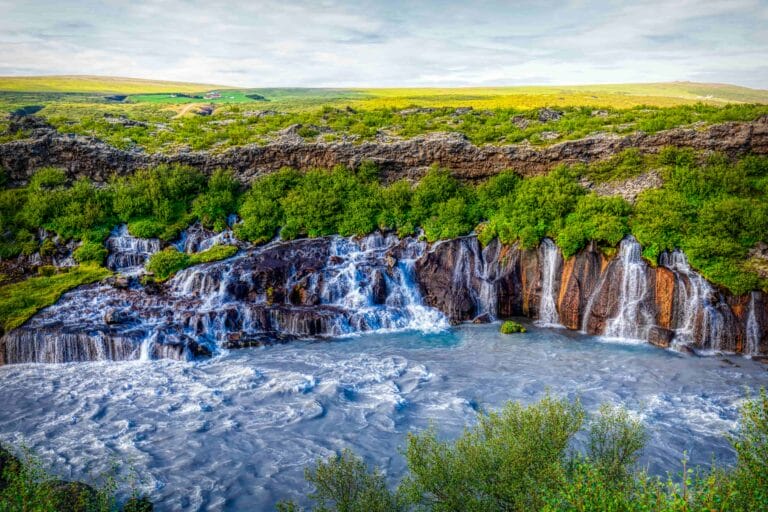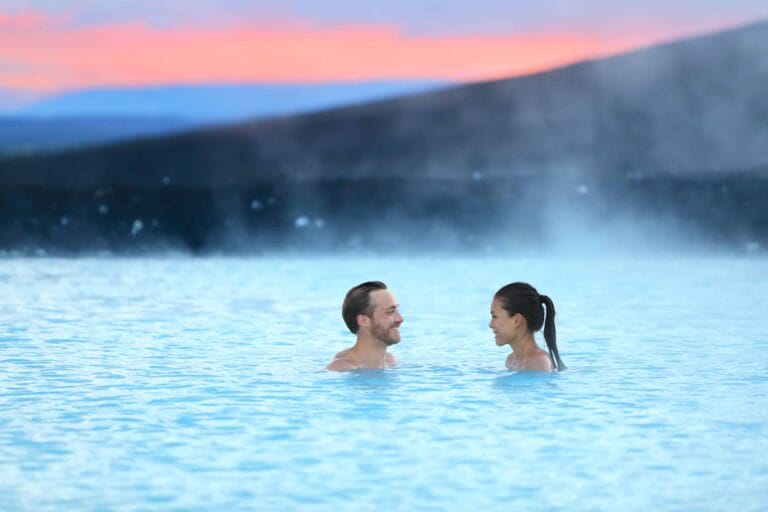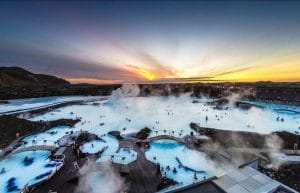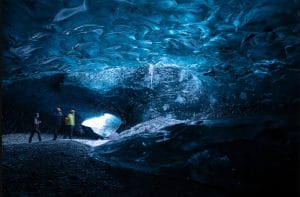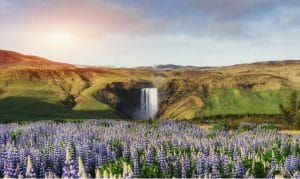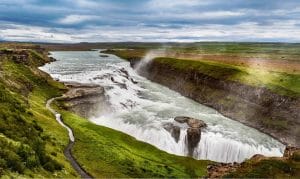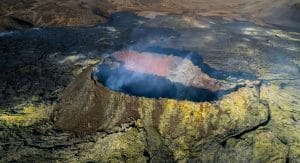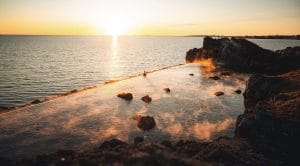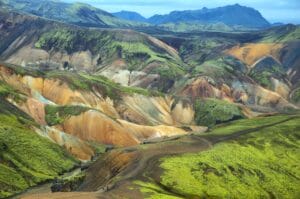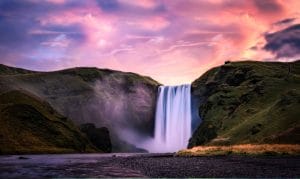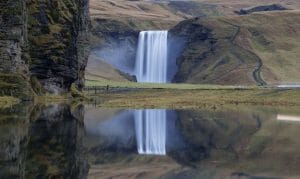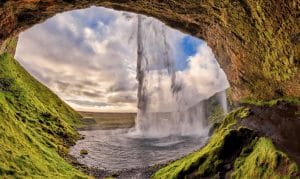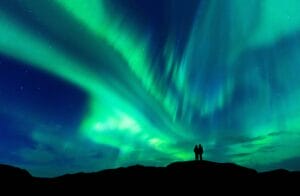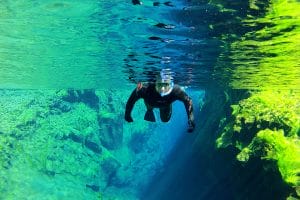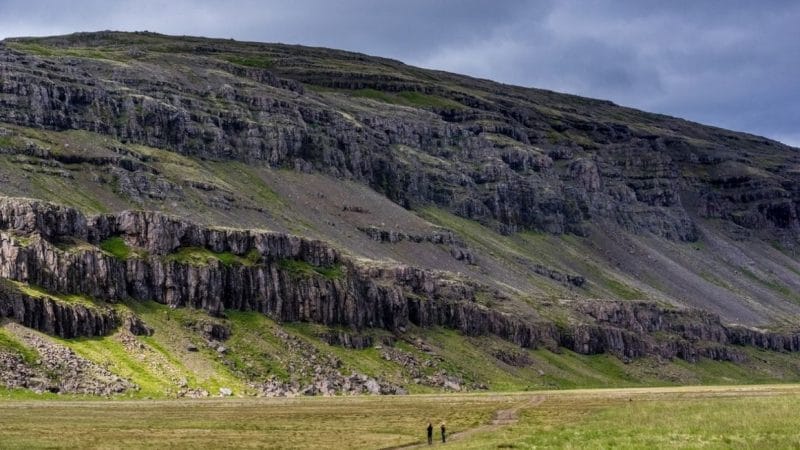
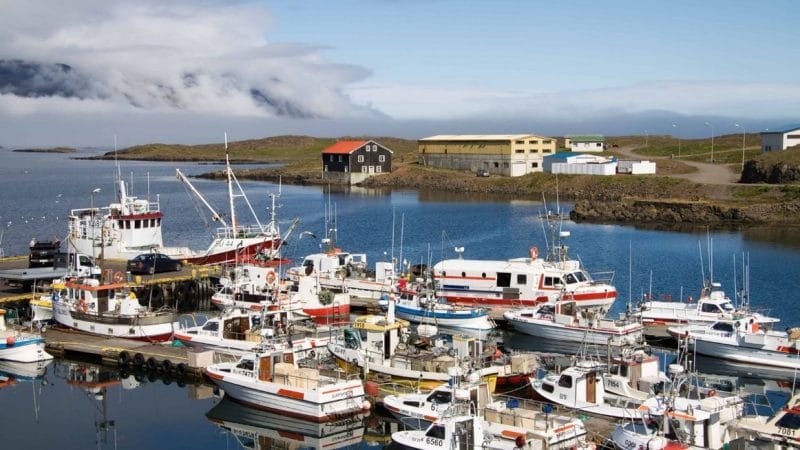
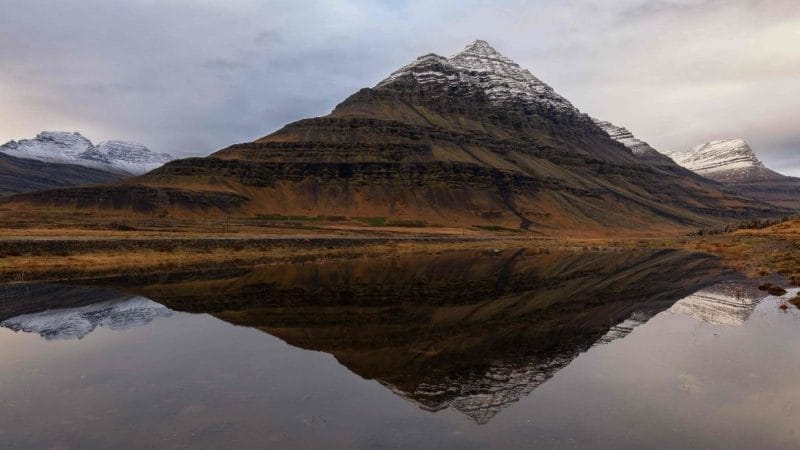
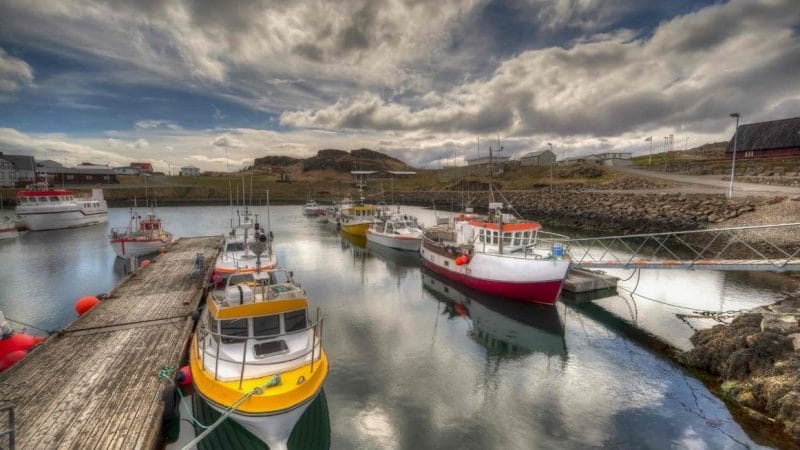
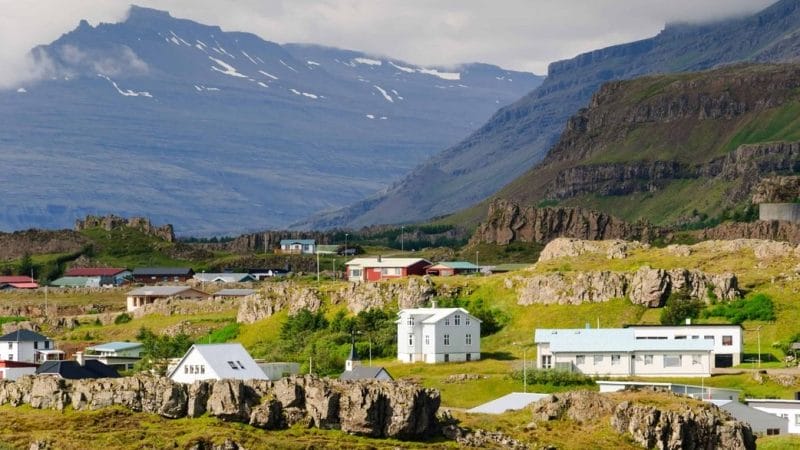
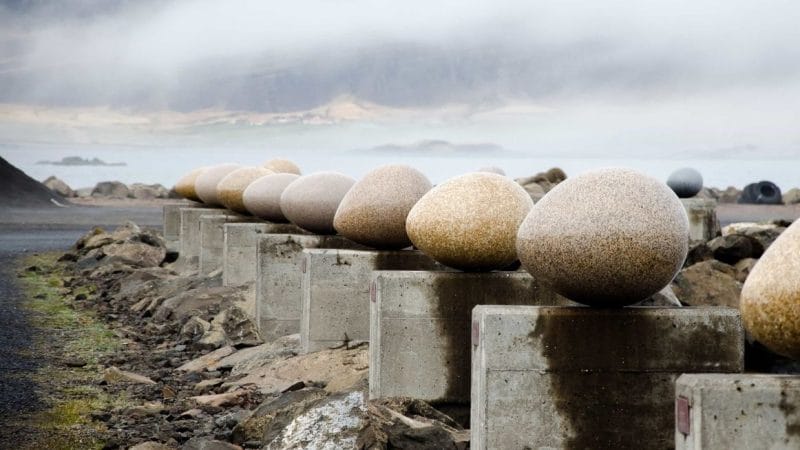

Basic Information
Djúpivogur is a small town situated on the Búlandsnes peninsula in the Austurland, East Iceland. The town is nestled by the Hamarsfjörður ford. With a population of fewer than 400 people, this town remains calm and peaceful. Once a trading center, the Djúpivogur has now become a tourist attraction. A Few hotels and guesthouses have opened in the past few years. The oldest warehouse of Djúpivogur, Langabúð serves as a cultural center of town. In the cultural center, you can see different sculptures of a famous artist, Ríkarður Jónsson. Rich in culture and heritage, the historic town has museums, a swimming pool, a garden of outdoor sculptures and many sports facilities. The food, nature and the craft work of this place make it different from the rest of Iceland’s town. Known as a ‘slow city of Iceland’, the town is surrounded by the picturesque mountains and the volcanic beaches.
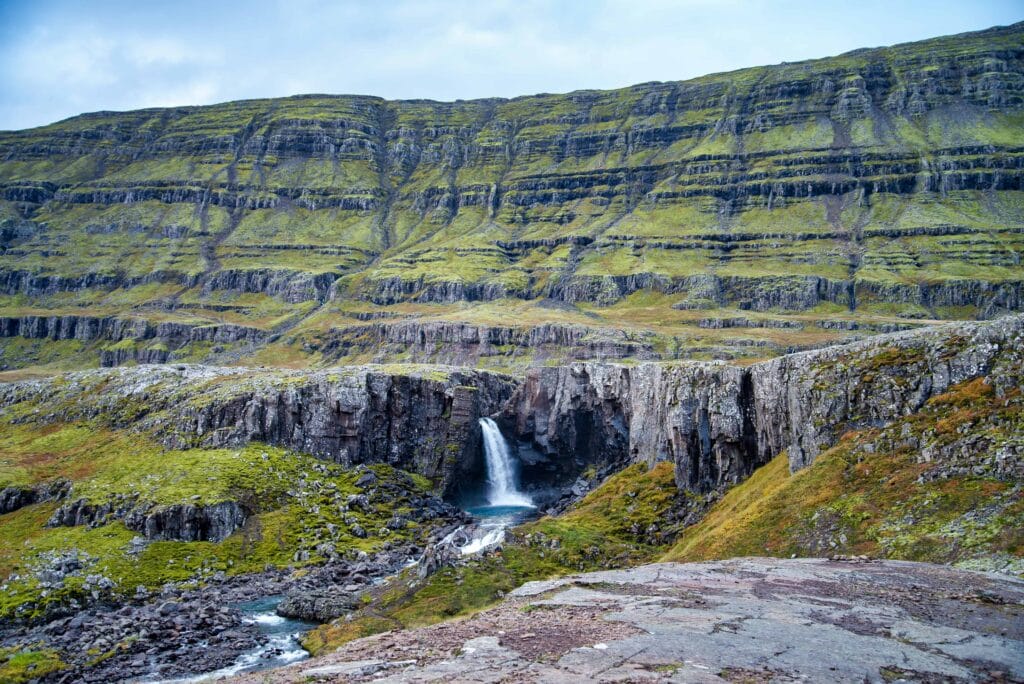
Places Around Djúpivogur
The black sand of the beaches created by volcanic eruptions offers a monochrome look to the city edges. During the summer season, the giant mountains reflect off the ocean water that provides an amazing view. At the harbor of this small town, you will find Gleðivík, a small bay. In Gleðivík, you will get to see an artwork called Eggin í Gleðivík made by popular artist Sigurður Guðmundsson. Along the coastline, outside artwork features 35 granite eggs representing eggs of each of the nesting birds in the area. Nearby Djúpivogur, you will see the Papey Island that is known for the oldest wooden church in Iceland. You can reach the island by a boat from the coastline of town. After reaching the island you can visit the church that was built in 1807. It is recommended to book a guided tour to the island with different activities. Since birds of different species come at the place every year, you can go for a seal and bird watching tour. The island is a popular nesting place for the puffins. The place also offers you a chance to hike the uneven terrain.
Between the bays Berufjörður and Hamarsfjörður, you can see a giant mountain Búlandstindur. It takes around 10 minutes to reach the base of the mountain from village Djúpivogur. This pyramid-shaped mountain attracts visitors in a large number because of its height and history. If you feel to go adventurous, you can try hiking the 1060 meters high mountain.

How to Reach Djúpivogur
The town is located at a distance of around 457.89 km from Reykjavik, the capital city of Iceland. There is no airport in the town, but you can take the flight from Reykjavik to Egilsstaðir and drive from there. We also recommend that you stop here on your self driving trip around Iceland. If you start from Reykjavik, take route number 49, follow Suðurgata to Hringbraut and drive for around 500 meters. Take a third exit at the roundabout and merger with route number 1. Continue on Route 1 for around 7 hours 6 minutes. While driving towards the Þjóðvegur, take a right turn to head towards Djúpivogur. You will reach the town after 4 minutes of drive.
Map of Djúpivogur
Interesting locations in the area
Locations
Activities
- Vök Baths & Spa
- Horse Riding
Hotels & Restaurants
- Lindarbrekka
- Krákhamar Apartments
- Djúpivogur Campsite
- Við Voginn

